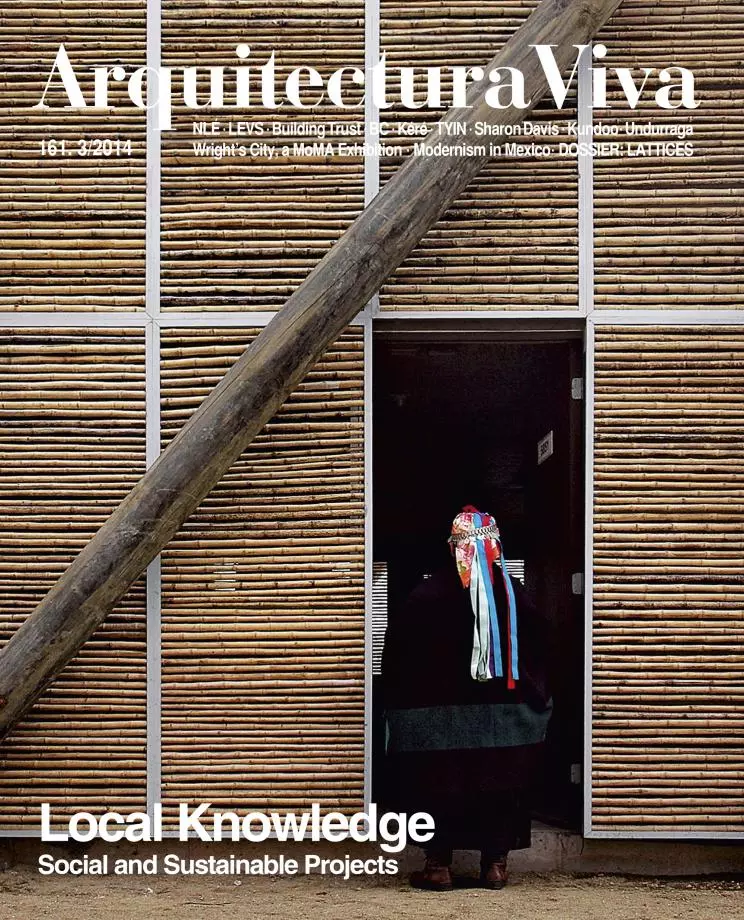
In the local imagination, the modernization of Azerbaijan and its opening to the West is associated with three milestones: in 1996, after independence, the TV tower of Baku, an icon 310 meters tall, was completed; in 2001, the Azerbaijani abandoned the Cyrillic alphabet for Latin characters; in 2011, Azerbaijan won the Eurovision Song Contest, hosting it in 2012. A fourth could be the opening of the Heydar Aliyev Center, whose cultural program is as ambitious as it is undefined, designed by Zaha Hadid and inaugurated by President Ilham Aliyev in honor of his father, who put the country on the path of ‘modernization’.
Hadid in this way joins the roster of western architects who have worked in Baku in the heat of petrodollars, the same list that features Coop Himmelb(l)au with its undulating Chess Academy or HOK with its faceted high-rises, banal but instrumental in redefining the skyline. Here architectural exuberance is the measure of economic exuberance, and also of an optimism that has as much of the naïve in it as it does, sometimes, of kitsch.
This is not the case of the Aliyev Center, perhaps one of Hadid’s finest works, though it has not ceased to be polemic. Its detractors condemn its self-referential character, iconic banality, and servitude to corrupt power; its defenders praise its formal boldness and its activating an environment still defined by Soviet constructions. All this applies to a center that exceeds the lot in curving terraces to end in a gesture of folds. Beyond geometry are fiberglass-reinforced panels of concrete and plastic (GRC and PRFV), fixed to a sinuous lattice and bonded in accordance with the requirements to be met. As surprising as it may sound, this quality of joints, textures, and patterns is evidence that beyond the white, the curves, and the stylistic clichés, there is technique. Zaha builds, too.





